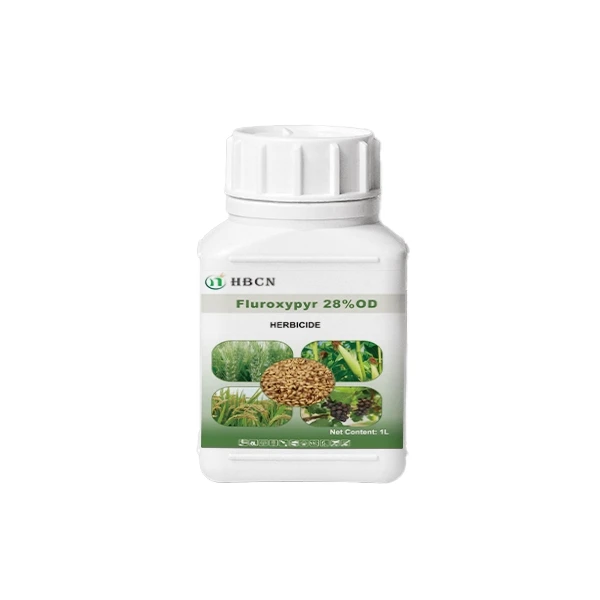
Dec . 05, 2024 16:59 Back to list
Impact of Fungicide Application on Flowering Plant Health and Yield
The Importance of Fungicide Application During Flowering
In the world of agriculture, the health of crops during critical growth phases is paramount for ensuring high yields and quality produce. One such crucial phase is flowering, a time when plants are particularly vulnerable to various pests and diseases. Among the different methods to protect crops during this vital period, the application of fungicides plays a pivotal role.
Fungal diseases can be detrimental to flowering plants, leading to reduced yields and compromised quality of fruits and seeds. Common fungal pathogens include Botrytis cinerea, Fusarium spp., and powdery mildew, which can thrive under specific environmental conditions, especially during periods of high humidity or excessive moisture. These pathogens not only hinder the growth of the plant but can also lead to catastrophic losses if left unchecked. The timing of fungicide application, particularly during flowering, becomes a significant strategy in disease management.
The Importance of Fungicide Application During Flowering
Moreover, the physiological processes of plants during flowering can make them more susceptible to infections. The flowers are often more delicate, and any disruption caused by disease can lead to poor pollination and fruit set. This susceptibility necessitates a keen understanding of plant physiology and pathology. Farmers must monitor environmental conditions meticulously to determine the right moment for fungicide application, balancing the need for disease control with the potential impacts on beneficial insects and pollinators.
fungicide during flowering

The choice of fungicide is equally essential. Different fungicides have varying modes of action and efficacy against specific pathogens. Some fungicides are preventative, while others are curative. Preventative fungicides are generally applied before symptoms appear, aiming to protect healthy tissue, whereas curative fungicides can be used after infection occurs to limit further damage. Understanding the specific needs of the crop being grown helps in selecting the right product and applying it effectively.
However, the application of fungicides must be approached with caution. Over-reliance on chemical treatments can lead to the development of resistant strains of pathogens, rendering treatments less effective over time. To mitigate this risk, integrated pest management (IPM) strategies are recommended. These strategies combine biological, cultural, and chemical methods to create a more holistic approach to crop protection. For example, incorporating crop rotation, planting disease-resistant cultivars, and utilizing beneficial organisms can enhance the overall resilience of the crop while reducing the frequency of fungicide applications.
Additionally, timing and methodology of application are critical factors that can influence the effectiveness of fungicides. Environmental conditions, such as temperature and humidity, can significantly affect fungicide performance. Therefore, farmers are advised to conduct fungicide applications during periods of lower humidity when the risk of disease is highest, yet the likelihood of beneficial insect exposure is minimized.
In conclusion, the use of fungicides during the flowering stage is a vital aspect of modern agriculture. These applications serve not just to protect crops from potential fungal infections, but also to ensure that high-quality yields are achieved. By understanding the complexities of disease management and implementing best practices, farmers can navigate the challenges of crop protection and contribute to sustainable agricultural productivity. Promoting awareness and education on the judicious use of fungicides, along with embracing integrated pest management strategies, will be crucial as the agricultural sector continues to innovate and adapt to the ever-changing challenges posed by pests and diseases.
-
Insecticide Spirotetramat 11% + Thiacloprid 11% SC at Good Price
NewsJul.30,2025
-
Best Abamectin SDS - Premium Quality & Reliable Safety Data
NewsJul.29,2025
-
Agrochemicals Pesticides Solutions for Sustainable Farming
NewsJul.29,2025
-
High-Quality Tebuconazole Fungicide for Crop Protection at Best Price
NewsJul.29,2025
-
Chlorfenapyr 8% + Clothianidin 20%SC Pesticide Mixture for Effective Pest Control
NewsJul.28,2025
-
Best Azoxystrobin Difenoconazole Supplier for Crop Protection
NewsJul.28,2025
